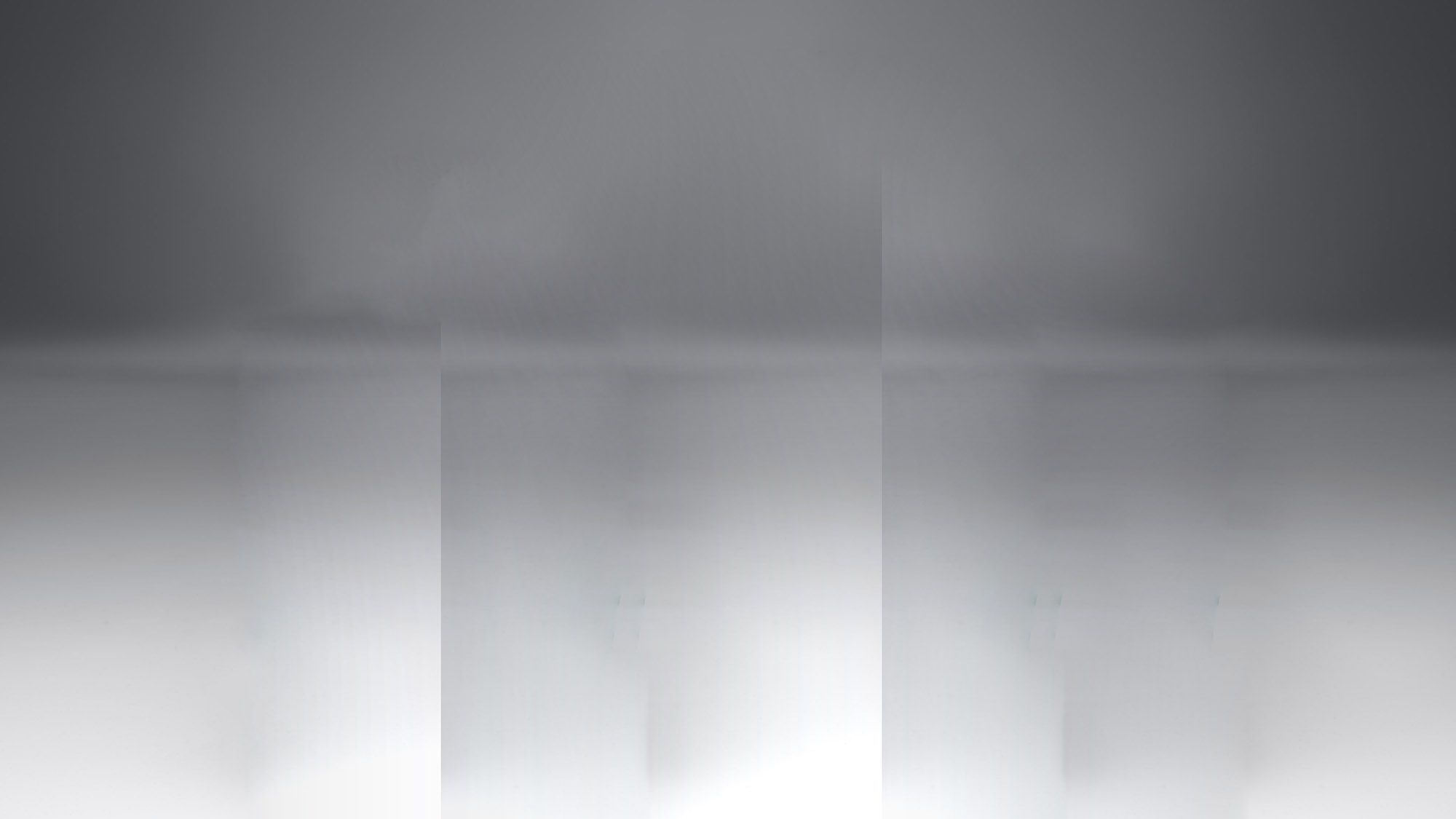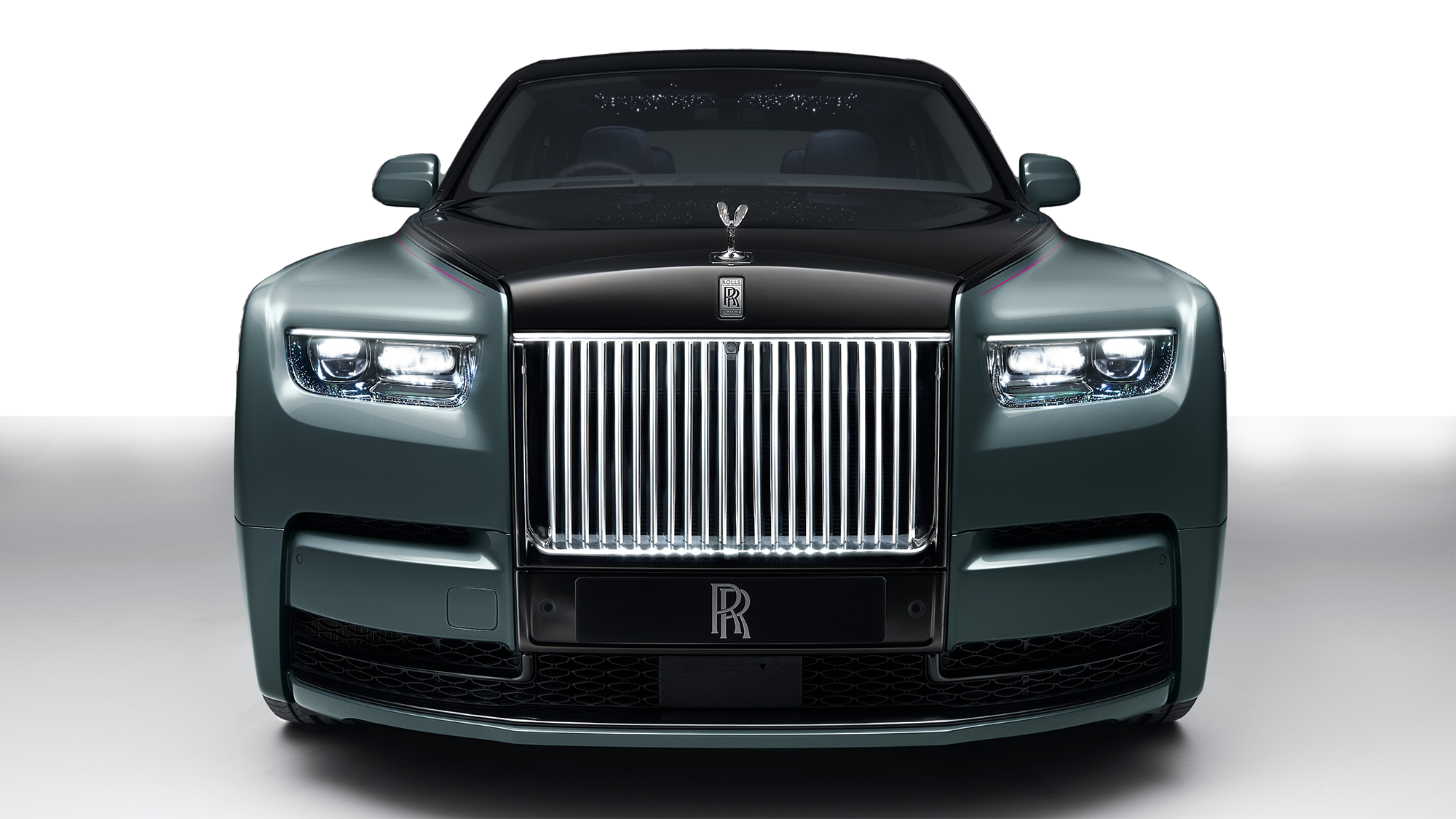Rolls-Royce Phantom Series II

Music + Sound Design
Romantic, epic, attention to detail second to none. These were the qualities we had to communicate. The macro shots for most of the film rendered these textures as gigantic landscapes - you are not sure what you are seeing or the scale - it looks more planetary than human.
So I played on that - sound design can create landscapes of materials: the cargo bay of a spaceship, storms on Jupiter, the rings of Saturn, a lake of mercury, a galaxy flyby out of the bridge of a starship, the cosmos in the starlight headliner.
The music needed to be orchestral, its scale demands it really, and as we rise up over an ocean of metal a figure appears in the distance. Here the music lifts and grows to the final crescendo.
The coda is back in the trenches of Mars, but made of dark metal. There’s a quiet fierceness to these cars, understated but with unmistakable power and dominance. Solid in form but there's a weightlessness in the way light interacts with it and a fluidity to its movement. It feels solid and liquid, heavy and ephemeral at the same time.
There are echoes of John Barry towards the end, one of my favourite composers. High strings add tension and a sort of soaring clarity while we are the bottom of a canyon, and then a synth bass appears over the credits…which makes up for the loss of visual power, adding more support and making the end of the track deeper and more velvety.
Being on set also allowed me to record the sound of the car engine, which I then abstracted - this weaves the DNA of the product into the piece, making it unique and very much an extension of the product itself, which I do wherever possible. I used the overall pitch of this recording to set the key for the whole score.
It's the sound like wind that you hear at the beginning and end of the piece.
Phantom Series II Cutdown
Cutdown for the Rolls-Royce Phantom
Phantom Series II Extended Cutdown
Cutdown for the Rolls-Royce Phantom Extended
Phantom Series II Binaural Mix (Headphones Required)
Please bear in mind that due to Dolby standards, this binaural mix is quieter than the standard stereo mix, so you might need to turn the volume up to get the same impact as the other films on this page.
These films naturally lend themselves to immersive presentation channels because of the big changes in perceived scale and the closeness to fabric and materials.
As such, a multi-channel version has been mixed in Dolby Atmos for delivery mediums ranging from Dolby Atmos approved cinemas with up to 48 speakers that allows precise positioning of sounds in 3 dimensions, down to the above binaural mixdown of the same file to 2 channels for headphones - a more spatialised version of the original track.
This is possible due to the track being mixed as objects rather than channels. Object-based mixing as it is called is the methodology behind Dolby Atmos, Apple's Spatial Audio, L-Acoustics' L-ISA and D&B Audiotechnik's Soundscape.
The key question to answer here is : when is this immersive route worth spending the time and money on and when isn't it?
Hopefully you should feel more 'inside' the action with the binaural version. In this case it's a subtle change, but in a cinema it has a much more pronounced impact.
This is part of a research process to ascertain the best delivery channels for different types of content now we have new technologies that enhance what we can offer. Does having 48 channels make a difference? Is it worth it? How do the effects with 48 channels translate through different speaker configurations? Which techniques and palettes maximise the strengths of each presentation method?
The net effect is that as a team we design and create more engaging content that pushes creativity and its presentation into new territory. In the case of Rolls-Royce, hopefully it serves to weave together the physical and digital elements of a story into a compelling unique offering worthy of its world-leading status.

